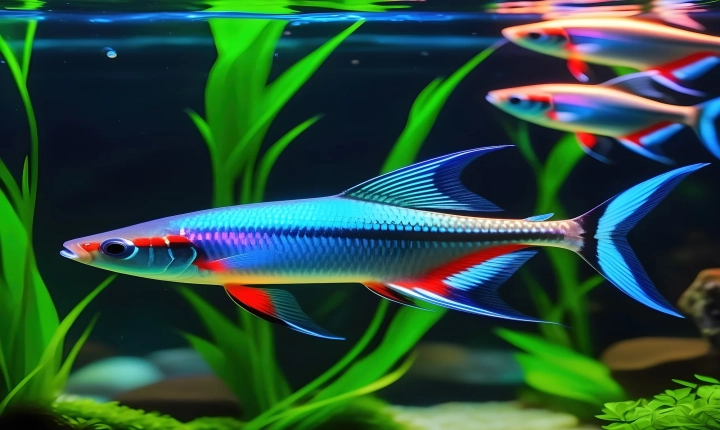Art theft has been a problem for centuries, but with the advancement of technology, a new form of theft has emerged: the theft of art through artificial intelligence (AI). AI has enabled sophisticated techniques for replicating and reproducing artwork, posing a significant threat to the originality and authenticity of artistic creations.
One of the ways AI steals art is through the use of algorithms to create exact replicas of famous paintings and sculptures. By analyzing thousands of images and data points, AI can identify patterns and styles, allowing it to mimic the brushstrokes, textures, and colors of renowned artworks. This has raised concerns about the potential for AI-generated forgeries to flood the art market, deceiving buyers and damaging the reputation of artists and the art industry as a whole.
Another method of art theft by AI is through the replication of artistic styles. With the ability to learn and adapt, AI can analyze the unique characteristics of an artist’s style and produce new works that closely resemble their original creations. This has led to ethical debates about the ownership and authorship of AI-generated art, as it blurs the line between human creativity and machine intelligence.
Furthermore, AI has also been used to manipulate and appropriate existing artwork for commercial purposes. By altering and combining elements from different artworks, AI can create new pieces that draw inspiration from the original works, often without proper credit or compensation to the original artists or their estates. This raises questions about the legality and morality of AI-generated derivative works and the impact on the artistic community.
The rise of AI in art theft has prompted calls for greater vigilance and regulation to protect the integrity of original artworks and the rights of artists. Some organizations are advocating for the implementation of digital authentication and tracking systems to verify the authenticity of artworks and prevent the spread of AI-generated forgeries. Additionally, there are efforts to promote awareness and education about the potential risks and consequences of AI in the art world, encouraging artists and collectors to be cautious and vigilant in detecting fraudulent practices.
In response to the threat of AI art theft, artists and experts are exploring the creative potential of AI as a tool for artistic collaboration and innovation. By harnessing AI’s capabilities to augment human creativity, artists can explore new forms of expression and expand the boundaries of traditional art-making processes. This approach aims to leverage the benefits of AI while preserving the value of human artistic vision and originality.
As the intersection of AI and art continues to evolve, it is crucial for the art community, technological innovators, and policymakers to collaborate in developing guidelines and safeguards to prevent AI from undermining the integrity and value of original artworks. Embracing responsible and ethical practices in the utilization of AI can help uphold the principles of artistic authenticity and respect for artists’ rights in the digital age.
